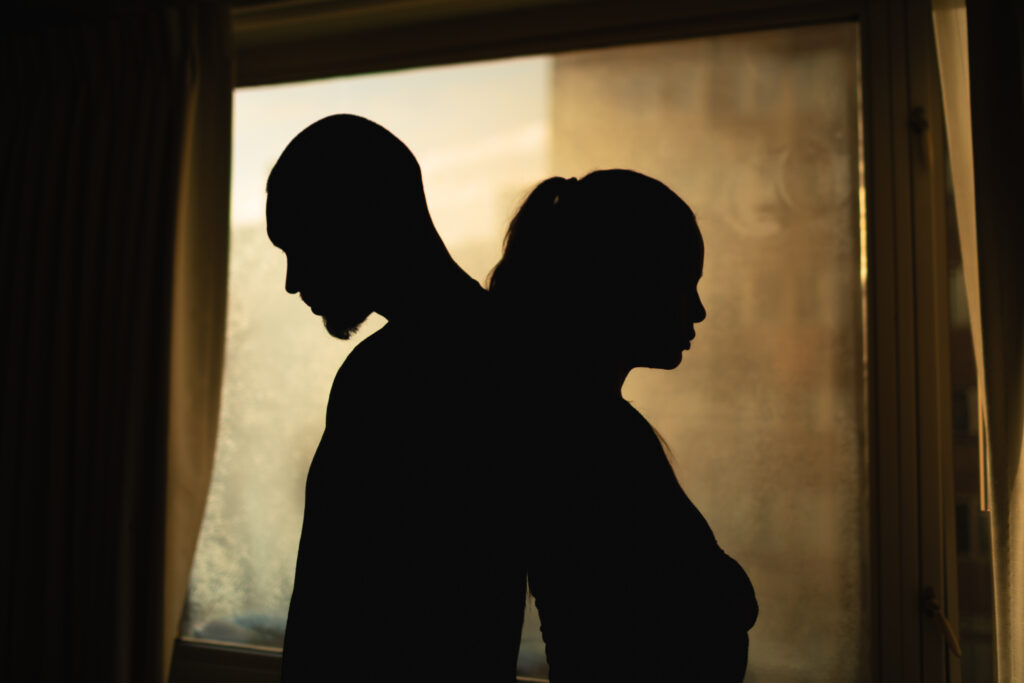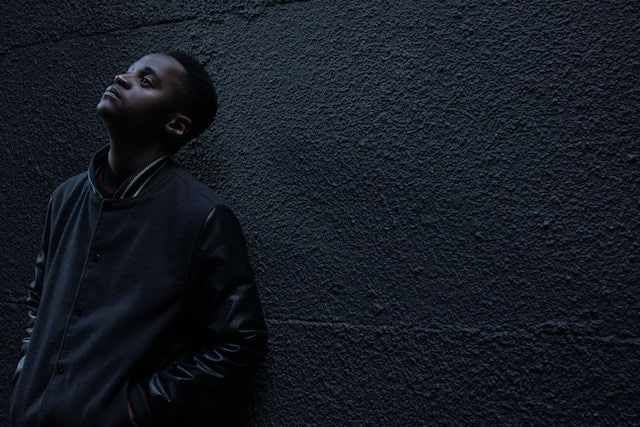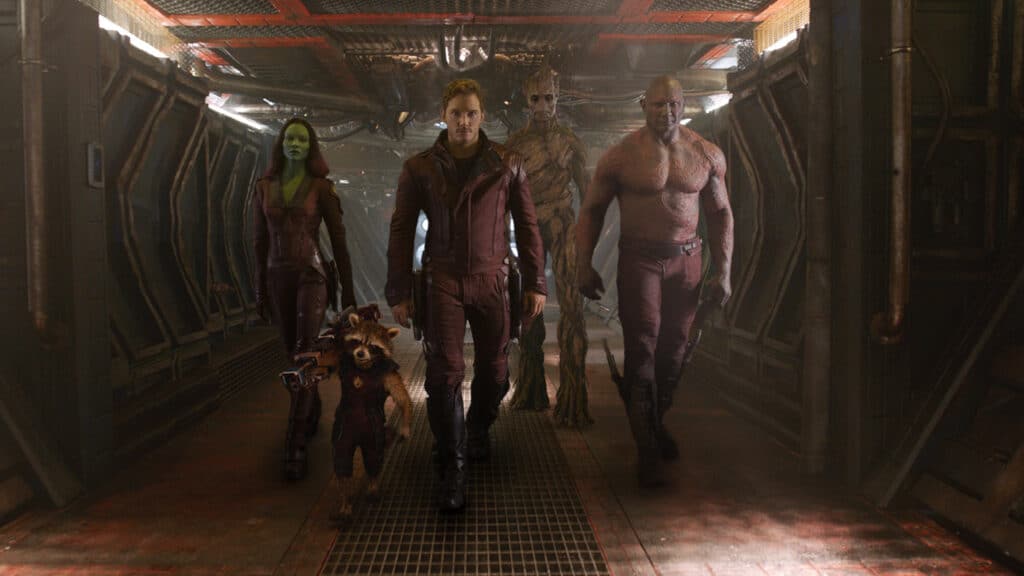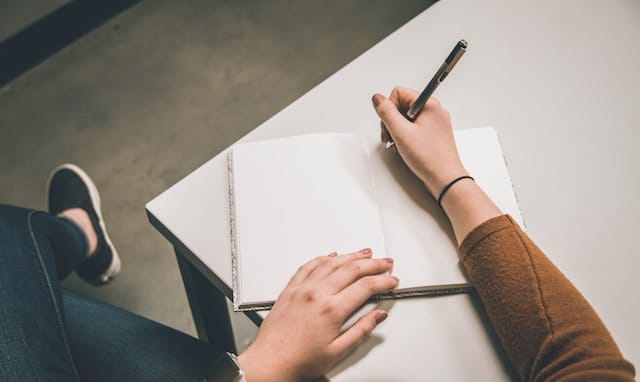
To quote Robert McKee, “When the protagonist steps out of the Inciting Incident, he enters a world governed by the Law of Conflict. To wit: Nothing moves forward in a story except through conflict.” (pg. 210, 2005)
So, what is conflict? In essence:
Conflict is a collision of different motivations, ideas, desires, or values, and is present in all our lives. To conflict is human, and it’s crucial that conflict flows through the stories we tell to drive them forward and create narrative tension.
Conflict pushes our characters forwards and is what drives them to go and continue their journeys, whatever they may be. We tend to categorize conflict into internal and external conflict. In this article, we will be exploring the importance of conflict in storytelling and how you can best use it to bring your stories to life and engage your audience.
How effectively you use conflict as a storyteller can highly influence an audience’s reaction and engagement to your story, so today we’re going to dive into how you can effectively use it in your screenplays and stories.
In This Article:
- Why is Conflict Important in Storytelling?
- Understanding Internal Conflict
- Exploring External Conflict
- Key Differences Between Internal and External Conflict
- The Interplay Between Internal and External Conflict
- Conclusion
Why is Conflict Important in Storytelling?
Your story should not just be a simple telling of events, but instead a journey of ups and downs, changing circumstances, evolving characters, and plot. Conflict is woven throughout all these elements – it is the story.
Think back to your favorite stories. There’s always one or two characters you root for (usually the protagonist), the characters you love to hate (usually the antagonist), obstacles for the characters to overcome, moral and ethical dilemmas. This is all down to conflict and the differences in actions, beliefs, and motives. If conflict didn’t exist, both the characters and the plot would remain stagnant.
Conflict in storytelling presents an authentic reflection of the real world; all of us experience the ups and downs of life and go through similar struggles to those of the characters we read about and watch on screen. To completely omit conflict from the stories we tell would be unnatural and not a true representation of the world we live or the lives we lead.
Conflict is the key to all stories, so it’s crucial that all writers master the skill and can weave it into all aspects of their stories, in a meaningful way.

Build conflict that moves the story forward.
Use Celtx to plan character arcs, track emotional beats, and write scenes with purpose — all in one place.
Try Celtx for free
Understanding Internal Conflict
What Is Internal Conflict?
Internal conflict happens within a character’s mind. It’s the emotional, ethical, or psychological struggle they face when pulled in opposite directions — whether it’s between fear and desire, guilt and pride, or logic and emotion. Think of it as the “angel vs. devil on the shoulder” dilemma.
While external conflict pits a character against something outside of themselves, internal conflict is personal. It’s what drives a character’s introspection, changes their perspective, and fuels meaningful growth.
What Causes Internal Conflict?
Internal conflict can stem from:
- Past trauma or regret
- Fear or insecurity
- A moral dilemma
- Competing desires or goals
In short, it’s the tension between what a character wants and what they believe is right — or what they’re afraid to admit they want.
Think: duty vs. desire, self-doubt vs. confidence, guilt vs. justification.
Literary Examples of Internal Conflict
Hamlet – William Shakespeare
Haunted by the ghost of his father, Hamlet wrestles with doubt, morality, and indecision. His famous “to be or not to be” soliloquy is a clear expression of internal turmoil — and ultimately, his inaction leads to tragedy.
Crime and Punishment – Fyodor Dostoevsky
Raskolnikov’s mental unraveling is driven by guilt after committing murder. His internal conflict — the push and pull between his belief in his intellectual superiority and his desire for redemption — shapes the novel far more than any external threat.

Why Internal Conflict Matters
Internal conflict gives your characters depth. It shows us not just what they do, but why. It helps audiences empathize, even when characters make flawed or painful choices. It’s also often the true source of transformation: a character who overcomes an internal obstacle is changed forever.

Exploring External Conflict
External conflict occurs when a character faces opposition from an outside force—whether another character, society, nature, or something more abstract. These tangible challenges propel the plot forward and create high-stakes moments.
Types of external conflict include:
- Character vs. Character – classic hero vs. villain dynamics (e.g., Harry vs. Voldemort)
- Character vs. Nature – battles against storms, animals, or the wilderness (e.g., Cast Away)
- Character vs. Society – fighting unjust systems or expectations (e.g., The Hunger Games)
- Character vs. Technology or the Supernatural – like The Terminator or The Ring
👉 Want more examples and a deeper dive into each type? Check out our full guide to external conflict.
Key Differences Between Internal and External Conflict
So how do these two types of conflict differ—and how do they work together in a story?
- Internal conflict is psychological. It’s the character battling doubts, fears, guilt, or desire.
- External conflict is physical or situational. It’s the character against an outside obstacle.
Think of internal conflict as what’s happening within, and external conflict as what’s happening around your character. Internal struggles often shape how characters react to external ones—and vice versa.
Physical confrontation, strategic planning, and overcoming hurdles are how characters tend to resolve their conflict. They are more likely to work with the protagonist openly and physically, and their success depends on determination, resilience, and resourcefulness.
A fantastic example is in Marvel’s Guardians of the Galaxy (2014), where an ensemble cast of eclectic and eccentric characters are thrown together to fight against the mighty Ronan who is determined to seize a powerful orb which the guardians just happen to have.

Each character in Guardians has a physical skill and attribute to bring to the team. By working together, they ultimately defeat Ronan, making the way for Thanos to take center stage as villain. Simultaneously, each character has their own internal battles from past trauma and loss.
The Interplay Between Internal and External Conflict
Most compelling stories don’t rely on just one type of conflict—they blend both. A character’s inner turmoil might lead to rash external actions, or an external challenge might force internal growth.
Take Guardians of the Galaxy: Drax’s grief (internal) leads him to act impulsively and endanger the team (external). Or in Harry Potter, the stress of their journey fuels Ron’s inner conflict, driving him to abandon his friends.
Using both types of conflict creates layered storytelling and drives character arcs forward.

Conclusion
Conflict is the lifeblood of storytelling and is woven into every page, scene, character, and plot point. It creates ups and downs, moral dilemmas, and emotional resonance in narratives.
Internal conflict, the battle within a character’s mind, delves into personal dilemmas, moral choices, and emotional turmoil. It serves as a catalyst for character growth and can determine their personal fate, as seen in examples like Hamlet and Crime and Punishment.
In contrast, external conflict manifests as evident struggles against the world, and can involve confrontations with other characters, nature, society, technology, and the supernatural. It demands physical action and resilience, as exemplified in movies like Guardians of the Galaxy.
External and internal conflicts often intersect, with internal turmoil driving external actions and external conflicts forcing inner battles. Conflict guides characters and instigates change in their trajectory. It makes narratives engaging and unforgettable. Writers, make sure you learn to skillfully weave it into stories to engage and resonate with audiences.
Up Next:

External Conflict: Examples and Insights Every Filmmaker Needs
What is external conflict? Learn the definition, see key examples from film, and discover how to use it to create compelling tension in your screenplay.
For more on character development:
- Character Arc Essentials: Transforming Characters from Good to Great
- What is Conflict in Storytelling, and Why it Reigns Supreme
